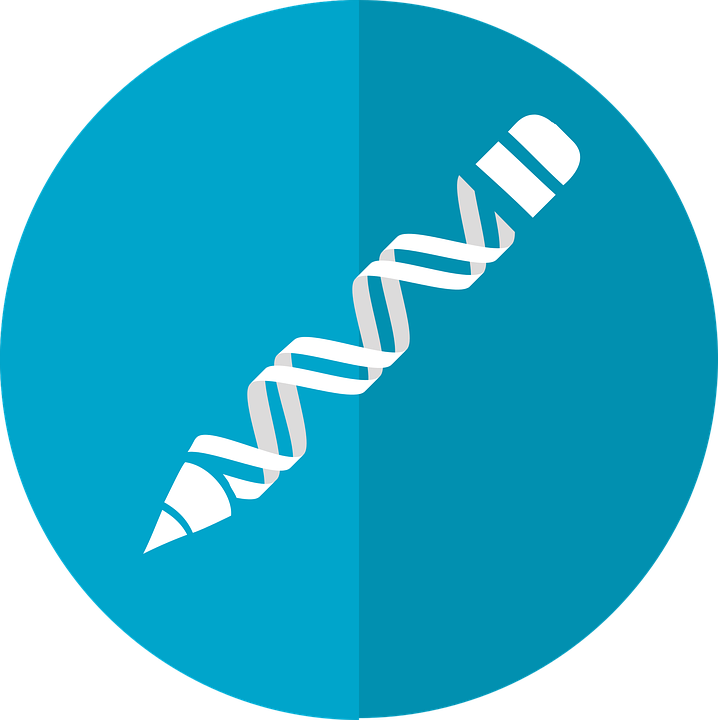Do Genes Really Determine Your Hobbies, Relationships, and Voting Habits?
By Catherine Bliss,
Zocalo Public Square
| 09. 25. 2018
Over the past 25 years, we’ve become surprisingly comfortable with the idea that genes play a large role in our lives. When DNA is in the mix, people assume that it is the primary cause of whatever human trait is being talked about. People may choose whether to pursue a hobby or a relationship based on test results—even though it means that they must dismiss the other information they have at their disposal. Judges have even used genetic tests to make sentencing decisions.
Even science has carried this idea to extremes. Genes, for example, are said to account for the difference between people who are perpetual cheaters and those in a lifelong committed relationship. Genes are said to be the reason why some people vote conservative while others vote liberal and why some don’t vote at all. Genes supposedly determine our ability to get through those last years of college, to keep ourselves out of credit card debt, or to invest in the stock market in order to plan for our retirement. And on and on.
If...
Related Articles
By Pam Belluck and Carl Zimmer, The New York Times | 11.19.2025
Gene-editing therapies offer great hope for treating rare diseases, but they face big hurdles: the tremendous time and resources involved in devising a treatment that might only apply to a small number of patients.
A study published on Wednesday...
By Emily Glazer, Katherine Long, Amy Dockser Marcus, The Wall Street Journal | 11.08.2025
For months, a small company in San Francisco has been pursuing a secretive project: the birth of a genetically engineered baby.
Backed by OpenAI chief executive Sam Altman and his husband, along with Coinbase co-founder and CEO Brian Armstrong, the startup—called...
By Jessica Hamzelou, MIT Technology Review | 11.07.2025
This week, we heard that Tom Brady had his dog cloned. The former quarterback revealed that his Junie is actually a clone of Lua, a pit bull mix that died in 2023.
Brady’s announcement follows those of celebrities like Paris...
By Emily Mullin, Wired | 10.30.2025
In 2018, Chinese scientist He Jiankui shocked the world when he revealed that he had created the first gene-edited babies. Using Crispr, he tweaked the genes of three human embryos in an attempt to make them immune to HIV and...




